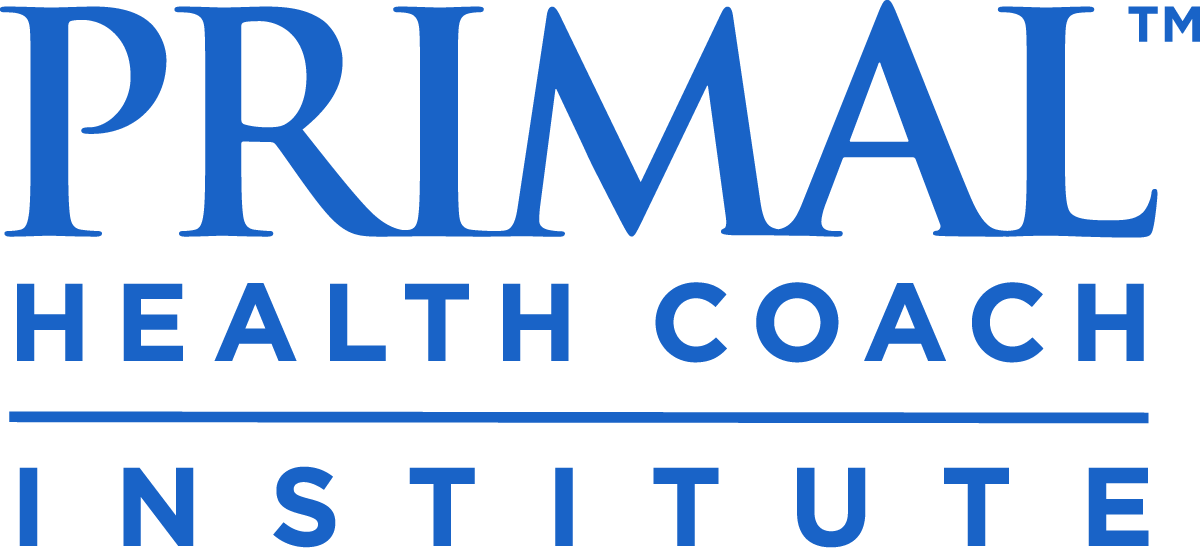
Are you a health coach thinking of publishing your own book? Do you have all the expertise and information you want to share with readers at hand, but have questions about self-publishing that are holding you back from just going for it? Then read on, we’re about to break down how to publish your own health and wellness coaching book in 7 simple steps.
1. Research Your Topic
So, you’ve got a great idea for a health and wellness book. Maybe you’ve got a lot to say about how your client niche should structure their diet, a custom workout regimen that would work well in book format, have unlocked secrets to a happy work-life balance for your niche client, or have a ton of unique recipes lying around that would make a fabulous cookbook. At this point, before you’ve begun writing, you’ll want to research your “comps,” or competitors. Does the book you want to write already exist? If so, don’t get discouraged—no one’s going to tell your story exactly like you, but continue going down that rabbit hole learning more about similar books on your desired topic, and think about what angle you can come at it from to make the story you want to tell so uniquely you—Hint: Centering yourself as the focus of your story makes it personal and relatable, establishes a “voice” for your story, not to mention, your own life is an area you’re already an expert in! It will make the task of writing that much easier, and you can frame your advice and lifetime of experience around you as a central character.
2. Write Your Book!
I know, I know, it sounds a bit tongue-in-cheek, but let’s be real—this is really where people get hung up and best intentions grind to a halt. Maybe you’ve had a great idea for a book for years, but you’ve been intimidated by the idea of actually writing it. In my many years of experience as a writer, I have to say, it sounds simple but the key to writing a book is just to sit down and actually do it, no more excuses. If writing is fairly new to you, I highly recommend taking a class or joining a local writing group—this is a great way to get some early feedback on how your book will be received, but more than that—it creates accountability, which is one of the most crucial resources to have when it comes to actually putting words down on the page.
Considering that November is NaNoWriMo, or National Novel Writing Month, now may be the perfect time to start your writing project, and NaNo is a place you can find active online writing communities to keep you in check and hitting your word count.
3. Research Your Publisher Options
There are a lot of opinions and options out there today for self-publishing a book, and there are definitely right ways and wrong ways to do it. Your first step is to do your homework and figure out which services to use, and we’re here to streamline some of that research for you. In 2020, the companies to look at are CreateSpace (now owned by Amazon), Kindle Direct Publishing, a.k.a. KDP, Lulu, and IngramSpark. There are others, of course, such as Blurb and BookBaby, but these four listed are the self-pub industry giants who have been around for a while. Have a look at what these companies offer as far as royalties and the final product. Also, think about what you want to accomplish with your book and what audience you’re designing it for—possibly an eBook-only publication created and distributed through KDP is going to be the best bet for your online coaching business, or maybe you want the better print quality offered by IngramSpark to produce a modest number of print-on-demand (POD) books to showcase and sell at the gym you work at or corporate offices you mentor. And, you don’t have to limit yourself to one service—a lot of people opt to use more than one of these companies to best suit their needs.
I highly suggest avoiding “vanity publishing” companies, such as iUniverse or Xlibris. These companies will charge you a hefty price tag up front, feigning interest in your project when the truth is they will publish anyone as long as you pay them. In a world where there are places that will help you get your book out there with zero upfront costs, vanity publishing is pretty much considered a scam, though they do have their place in the world—companies like this will indeed produce a nice product for you if you don’t mind paying. In the traditional publishing world, no legitimate agent or publisher gets paid until you do, and, outside of potential outsourcing for editing and design which we’ll discuss momentarily, no one should get paid until you do, but depending on circumstances, some may find that the upfront costs of vanity publishing suit their needs.
4. Edit, Edit, Edit
As a writer for 15+ years, I cannot stress enough the importance of editing. Completing the first draft is a huge accomplishment, but it’s only the beginning. After you finish this initial draft, give your manuscript some time to breathe, a couple of months, maybe longer. When you’re ready to dive back in, make sure you take the time to look at your content from a macro level—structure, organization, consistency; and a micro-level—sentence structure, grammar, punctuation, etc.
Edit the whole thing, then edit it again. There’s no set rule on how many editing passes a manuscript needs, but I personally consider three to be the minimum.
Also, I highly recommend hiring an editor. Even if you’ve been a health coach for years and are one of the top experts in your field, you’ll still need a reputable editor to go over your manuscript if you want to product a quality publication—honestly, it’s essentially the difference between good and bad self-published books—those that have an editor and those that don’t. Having a second set of eyes on a project is crucial; they’ll catch things you’ll never have noticed, and are key to making your book truly professional.
5. Build Your Team
Remember that editor I was just talking about? She/he/they is going to be part of a small team of people you’re going to work with to produce a book that’s as beautiful inside and out as the life-changing health advice you’re providing your readers. As a self-published author, you’re essentially building your own small press. A couple of key differences between self-publishing and small presses is that you don’t have to jump through the hurdle of acceptance, and—you get to keep more of your royalties. I would say that looking into the top indie publishers or small presses in the health and wellness industry is worth at least a Google search, but again, do your research, and keep your end-goal in mind—the publishing industry can get a bit hairy and it’s important to know what your options are. One thing to consider here is timing—if you want to get your book out sooner rather than later, self-publishing puts those reins in your hands instead of a publisher’s.
Without further ado, here’s a quick list of professionals I suggest collaborating with for your project:
- An editor.
- An illustrator for the cover, and any internal illustrations you might want.
- A photographer, this can be especially important for cookbooks or workout routines. Also you’ll want someone to take a stunning, up-to-date author photo!
- A graphic designer who can do the design layout of the inner pages for you, as well create the full front-and-back cover with the title, author name, back cover copy, ISBN code, etc.
- A marketing consultant to promote the book once it’s out in the world.
Now, depending on what you want, some or all of these team members may be optional. Many of the self-publishing companies listed above will have do-it-yourself tools for creating both the inner layout and the wraparound cover of the book, however, you’re going to have a better quality product if you outsource some of this work to professionals. The great thing about building your own self-publishing team is that maybe you or a friend or family member already have one or more of these skillsets—maybe you’re a former graphic designer and your daughter is a photography student, or your partner specializes in social media marketing and a friend from college is a freelance editor. Making this a community project and sharing your passion for health and wellness with others in order to make a tangible, lasting product can be very fulfilling, and fun!
6. Put the Pieces Together
Once you’ve written and edited your book, chosen one or more self-publishing companies to work with, and built your team of experts, it’s more or less a matter of working with the self-publisher’s interface to upload and produce your book. Plan everything out. Make a budget and develop a calendar for when you’re going to do what—though it’s tempting to rush through the steps when it all appears easy at first glance, it’s best to take your time and give yourself some space to reflect or make changes—though self-publishing is something anyone can do, there is a learning curve, and depending on how apt you are with technology, the amount of time this will take can vary, so go easy on yourself, and take the advice you give your clients to Slow Down. As your own publisher you determine the timeline, so go at your own pace.
7. Spread the Word!
After the book is in your hands and/or available online through distributors, it’s simply a matter of marketing. Now’s the part where you can’t be shy! Much like announcing that you’re a health coach, announcing that you’ve written a book is something you’re going to want to make public through any platforms you have available—there are millions of self-published books out there and the idea that a book in obscurity is suddenly going to make it big is a myth—you have to do the work to promote the book—and as said before, you can outsource this or do it yourself, or both. Think about creating some marketing materials like bookmarks or business cards, and don’t be afraid to let people know that in addition to being an amazing health coach, you’re now an author, too!



